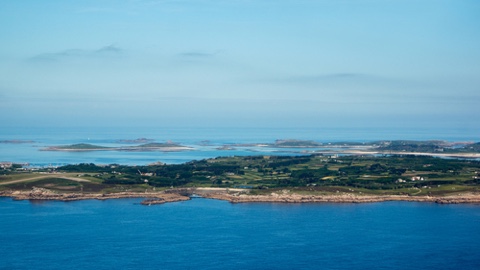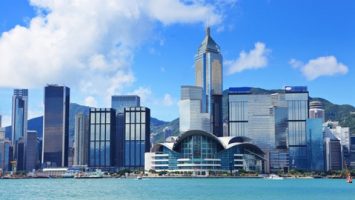
The Smart Islands program on the Isles of Scilly – 28 miles off the UK mainland – is intended to sustainably and affordably tackle some of the islands’ main infrastructure and utilities issues, along with providing a model for how other communities can profit from a rapid transition from being carbon intensive to having a low carbon footprint. The program targets several of the island’s future priorities and has the following goals:
- 20% reduction in electricity bills by 2020 (40% by 2025)
- 40% of the islands’ energy demand met through renewable generation by 2025
- 40% of vehicles being low carbon or electric by 2025
To this end, a 10.8 million Euro project on the islands aims to link up electric vehicles, solar panels and home battery storage into a world-leading smart energy system. The 2,200 residents of the Isles of Scilly have no gas supply and rely on imported fuels and electricity to meet their needs. As a result, the islands have one of the UK’s highest electricity consumption levels, while a combination of high fuel costs, low wages and homes with inefficient heating systems mean more than a fifth of households are in fuel poverty. A recent failure of the single power cable to the mainland left the islands relying on generators for power.
Plans include the installation of roof top photovoltaic (PV) panels on 100 homes and the construction of two 50 kilowatt (kW) solar gardens. Ten will pilot other smart energy systems, including smart batteries and air source heat pumps. Over the next 18 months of the three year project, Moixa – a British home battery company – will develop the management systems needed to integrate battery storage systems and EVs onto the isles’ energy system.
Chris Wright, co-founder and chief technology officer of Moixa, said “The islands are interesting because they are a contained environment which enables you to prove what you set out to do whereas if you try and do the same thing to [a city] the problem is not just larger it’s much more difficult because it’s much more connected. It’s a very good proxy for what you do next in cities or constrained areas of grid.”


